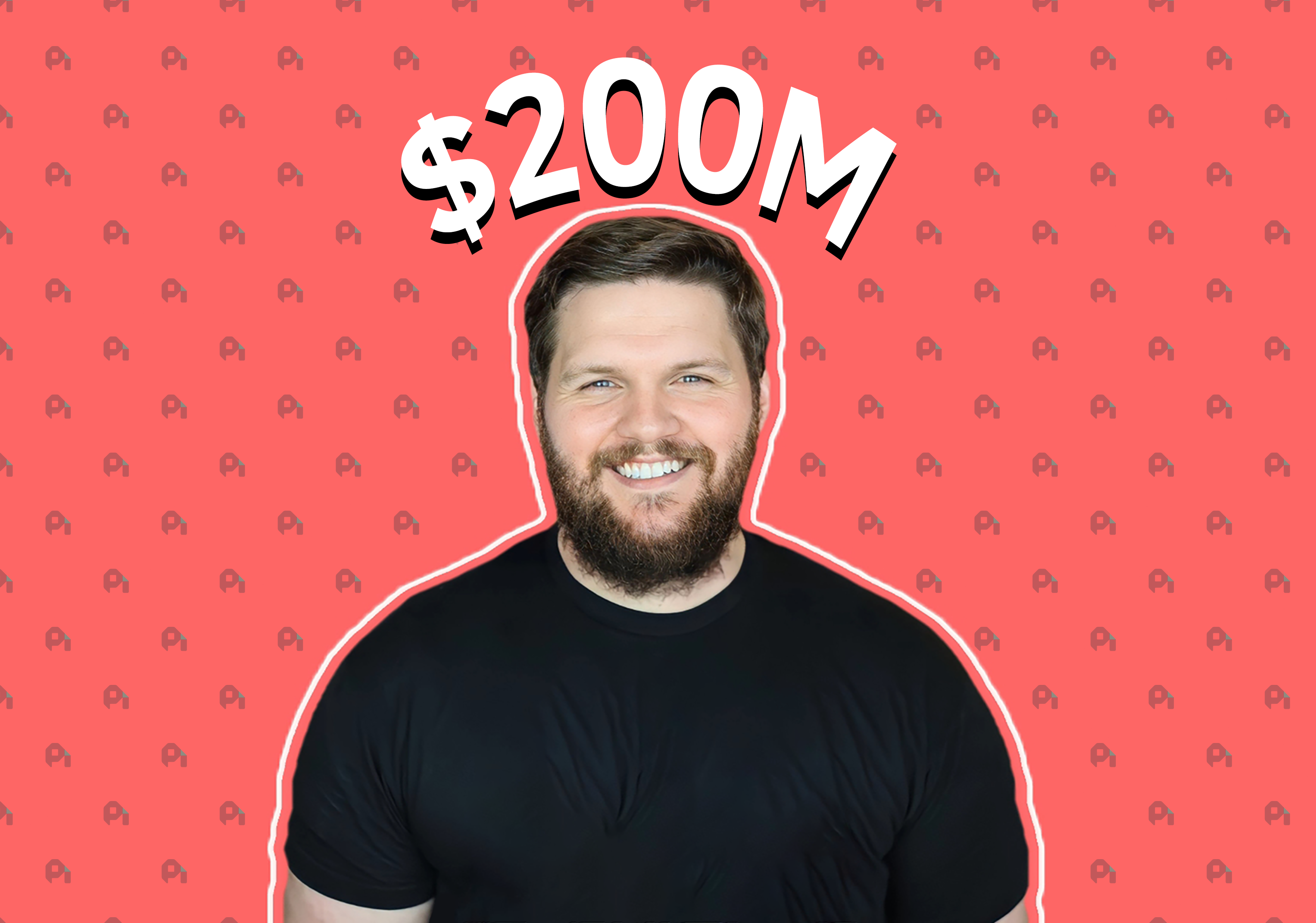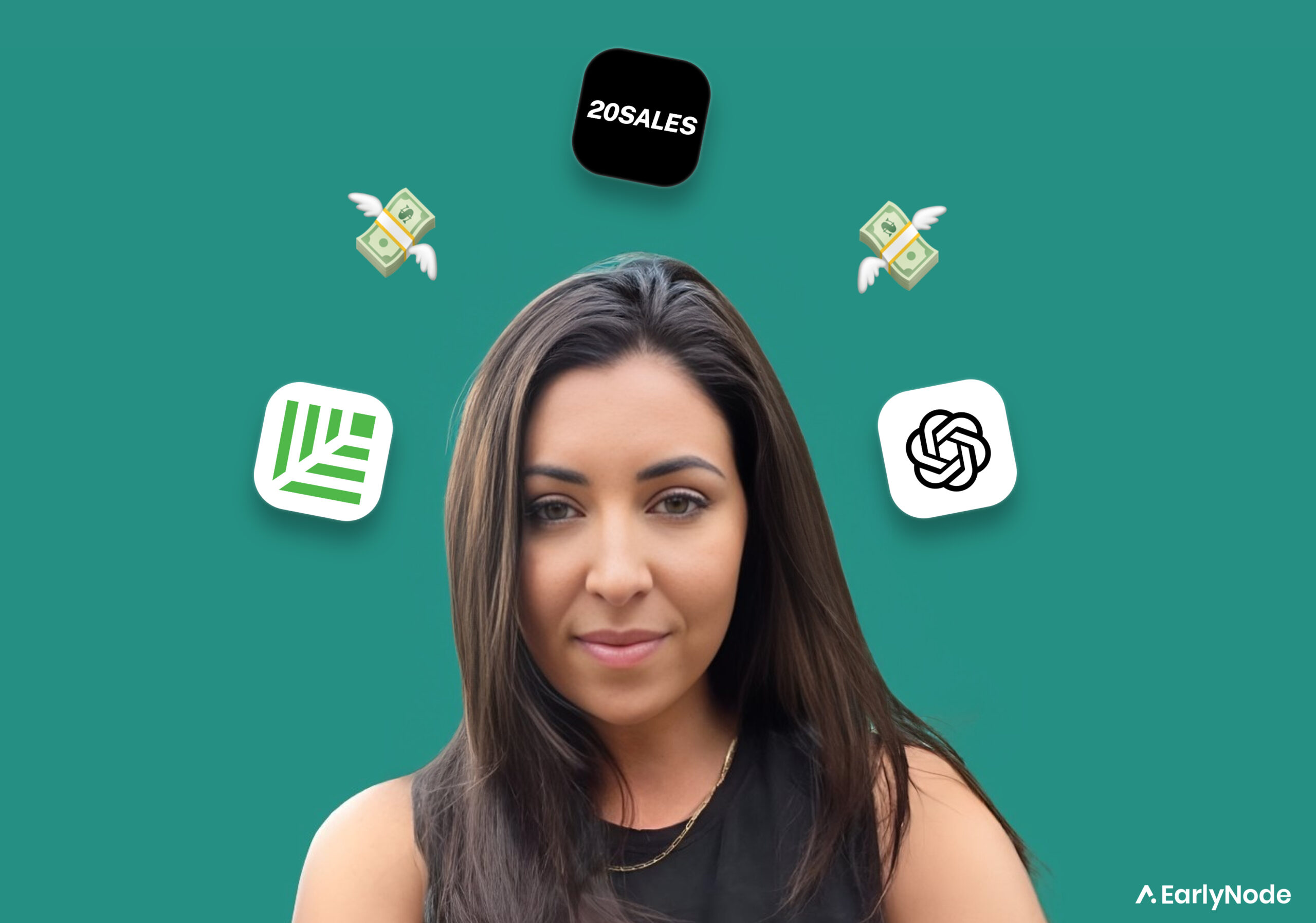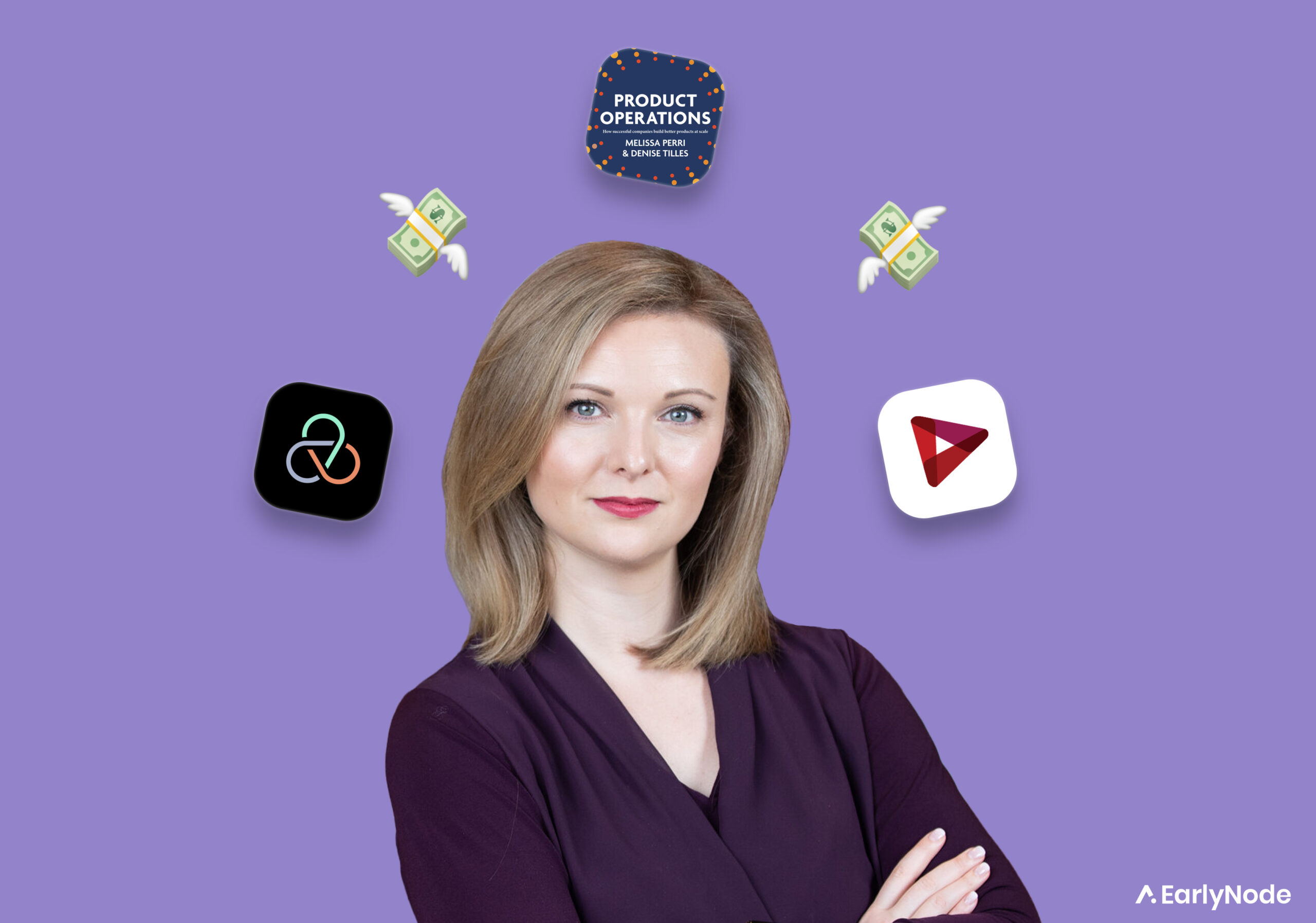7 SaaS pricing tactics from Patrick Campbell

In The SaaS Operator newsletter from 28 March 2023 you will learn:
SaaS pricing insights from Patrick Campbell, a bootstrapper with a recent $200m exit.
We researched his social media and podcast appearances to find his best actionable insights including:
- How every department can help with pricing strategy.
- Why you should raise your product prices every year.
- Why choosing the right value metric is half the battle.
Pricing your SaaS can be difficult but it’s also the biggest growth lever you can pull to boost your bottom line. Still, most companies don’t even spend 8 hours on their pricing strategy in their lifetime.
And who better to learn this critical SaaS skill from than Patrick Campbell?
Patrick Campbell is one of the most looked up SaaS pricing experts in the industry. He bootstrapped his pricing and retention solutions product, Profitwell. It was recently acquired by Paddle for $200M.
👇 Here are 7 things he suggests to nail your SaaS pricing:
#1 Choose The Right Value Metric
Your value metric measures the value your customers get from your product. For an email marketing tool, for instance, the value metric could be something like the number of contacts you can import or emails that can be sent with the tool.
And Patrick Campbell, after extensive SaaS pricing research, concludes that value-based pricing outperforms feature-based pricing with up to 75% less churn and at least 30% more expansion revenue.
But finding a value metric that resonates with your target customers and also fits your product isn’t that easy.
Patrick believes that a great value metric is always:
- Easy to understand. Customers must be able to understand your value metric immediately after looking at your pricing page.
- Aligned with value. Your value metric needs to correlate directly with the amount of value your customer gets from your product.
- Grows with usage. If you have the right value metric, then the price (how much you charge) increases with product usage automatically.
Once you have the right value metric, it’s easy to charge for more features that give your customers more of that value or control revenue contraction based on that value metric.
#2 Find The Right Price With These Questions
Patrick recommends finding the right price for your product using Van Westendorp’s Price Sensitivity Meter. This is a technique to find out what consumers are willing to pay for a product.
It consists of four specific questions that help you uncover the best price for your product:
- At what price would you consider the product to be so expensive that you would not consider buying it? (Too expensive)
- At what price would you consider the product to be priced so low that you would question the quality? (Too cheap)
- At what price would you consider the product to be expensive but not out of the question? (Expensive/high side)
- At what price would you consider the product to be the best bang for the buck? (Cheap/good value)
Knowing the answers to these questions gives you insight into the price range you can work with.
#3 Raise Prices Every Year
Many businesses are hesitant to raise their prices. On average companies raise prices only every 3 years, even though they build out more features and consistently provide additional value every few months.
Patrick argues that as long as your NPS score is less than 20, you can feel comfortable increasing your prices yearly.
#4 Don’t Overlook Revenue Per Customer
Just as raising prices should be routine, Patrick emphasizes having one initiative per quarter to give your average revenue per customer (ARPU) a boost.
This doesn’t mean you need to increase prices every quarter.
Rather, you should tackle one opportunity at a time, like localization, packaging, or fine-tuning your value metric to grow the ARPU.
#5 Use Discounts As Secret Weapons
By default, don’t do discounts. This is Patrick’s advice. He readily advises everyone to use discounts as a secret weapon, not the first resort, when a deal needs closing.
But if you need to use a discounting strategy, he recommends following these rules:
Be discrete: Don’t tell everyone. Those paying the full price may feel betrayed.
Segment: Only give discounts to those needing an extra push to close the deal.
Limit in scope and time: By doing this, you can add a sense of urgency to make customers feel the need to buy now.
Vary your offers: If your offers are predictable, then customers will wait for the next discount to go live so they can purchase it.
#6 Start A Pricing Round Table Committee
Pricing touches every part of your company as your product, sales, and marketing departments have to be aligned with the eventual positioning, packaging, and pricing strategy.
But how can you stick to this alignment?
You can start by creating a pricing strategy committee with each department head.
Here are the insights each leader should bring to the table:
Sales: The sales team can help you with pricing FAQs and common objections they get about pricing on the frontline.
Product: With a deep knowledge of what your users need, the product team can help you package your product and create optimized pricing tiers.
Marketing: Who knows customers better than the marketing team? They can help you with positioning, messaging, and copy.
Management: As a startup’s CEO, it’s your job to…
- Coordinate the pricing strategy.
- Gather all knowledge and insights from the different departments.
- And arrive at a decision the whole company aligns with.
#7 Analyze Competitor Pricing
This pricing method utilizes competitor prices as a benchmark. It’s a fast way for early-stage startups to get an initial pricing plan set up.
Setting your price this way has two main benefits:
- Simply spending 30 minutes on competitors’ sites can give you an idea of your pricing strategies, saving you a lot of time.
- It’s also unlikely to go wrong because your competitors studied the market to price their SaaS. You can learn from their strategy and come up with your own.
This method works like magic in competitive markets, because your pricing should be close to what the market can reasonably sustain.
But there’s one major drawback of competitor-based pricing. With this method, you’ll have your competitor’s pricing strategy, not yours. And if they make an upgrade you have to follow pursuit otherwise you’ll lose customers to them.
So, it’s better to only have a quick look at your competitors’ pricing so that you’re in the same ballpark. But this shouldn’t be guiding your other pricing decisions.
Who should we cover next? If you have a SaaS expert in mind, let us know by replying to this mail.




